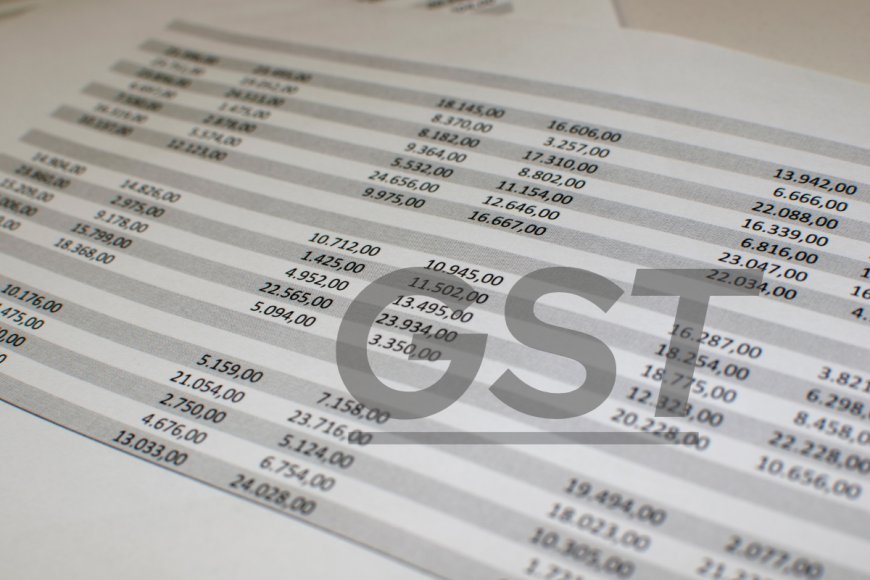GSTN Advisory: Critical Changes in GSTR-3B Table 3.2 & GSTR-1/1A Table 12 Effective April 2025

The Goods and Services Tax Network (GSTN) has issued an important advisory for registered taxpayers, introducing key changes to the lies and reporting structure of inter-state supplies and HSN summary tables. These updates will be applicable from the April 2025 tax period and are aimed at enhancing accuracy, automation, and compliance across GST returns.
Auto-Population of Table 3.2 in GSTR-3B Becomes Non-Editable
From the April 2025 return period onwards, Table 3.2 of GSTR-3B—which captures inter-state supplies made to unregistered persons, composition dealers, and UIN holders—will be auto-populated and non-editable.
What This Means:
- Taxpayers will no longer be able to manually edit Table 3.2 of GSTR-3B.
- The data will be system-generated based on the details filed in GSTR-1/IFF.
How to Make Corrections:
If there is a mistake in the auto-populated values:
- You must amend the relevant entries in GSTR-1 or IFF in a subsequent tax period.
- Alternatively, use GSTR-1A (where applicable) to make the necessary corrections.
GSTN Advisory:
To ensure the accuracy of GSTR-3B, taxpayers must now report correct values in GSTR-1, IFF, or GSTR-1A, since those values will directly reflect in the non-editable Table 3.2.
Phase-III Changes in Table 12 of GSTR-1/GSTR-1A – HSN Summary Reporting Gets Smarter
GSTN has also rolled out Phase III of changes in Table 12 of GSTR-1 and GSTR-1A, effective from April 2025.
Key Changes:
- Table 12 is now split into two separate tables:
-
B2B HSN Summary
-
B2C HSN Summary
-
-
Manual entry of HSN codes is disabled.
- Taxpayers must select HSN codes from a system-provided dropdown list to ensure standardization and accuracy.
Purpose:
This structural change is part of the phased automation of return filing and aims to:
- Prevent data mismatches,
- Reduce errors in HSN-wise summary reporting, and
- Promote data consistency across the GST ecosystem.
Action Points for Taxpayers
- Double-check inter-state supply details before filing GSTR-1/IFF
- Ensure timely amendments for any mismatches using GSTR-1A or subsequent period GSTR-1
- Use the dropdown menu to select valid HSN codes while reporting Table 12
- Train your accounting and compliance teams on these changes to avoid future penalties or mismatches
With these significant updates, GSTN is further strengthening its push towards data consistency and automation in GST compliance. It is essential for businesses to align their internal systems and processes accordingly to avoid return rejections or mismatch notices.
Stay informed, stay compliant.
For more GST updates, compliance tools, and expert tax advice, follow TaxChamp.info – Your trusted partner in GST, Income Tax, and ROC compliance.
What's Your Reaction?
 Like
0
Like
0
 Dislike
0
Dislike
0
 Love
0
Love
0
 Funny
0
Funny
0
 Angry
0
Angry
0
 Sad
0
Sad
0
 Wow
0
Wow
0





























